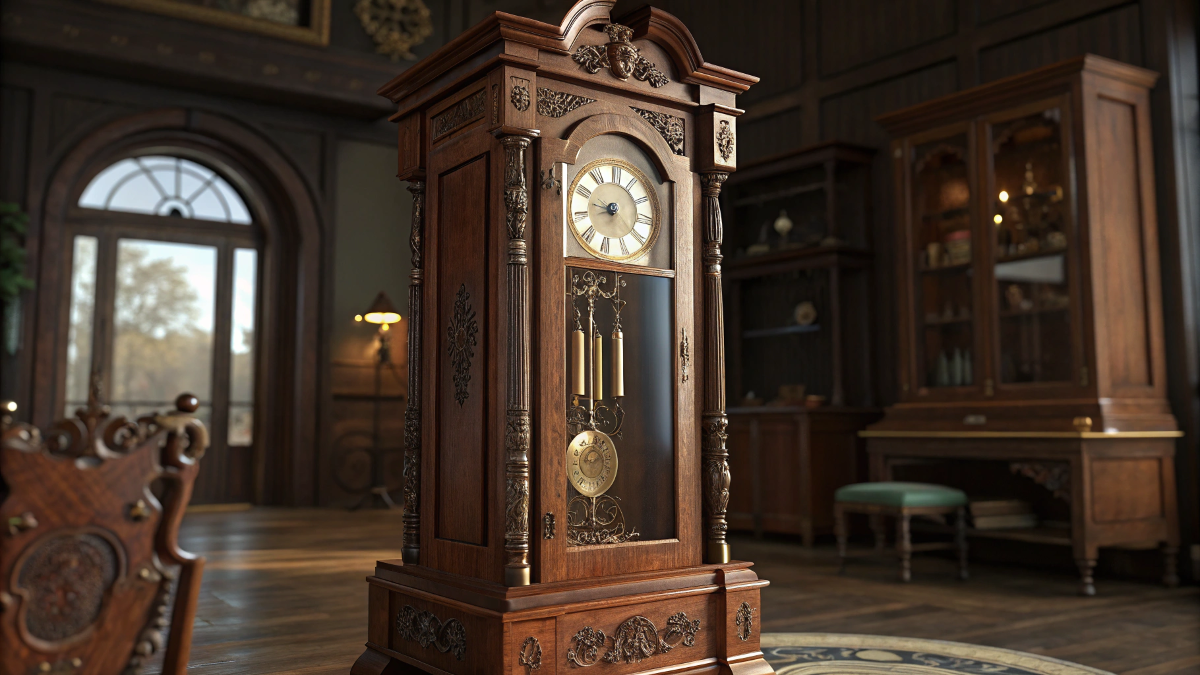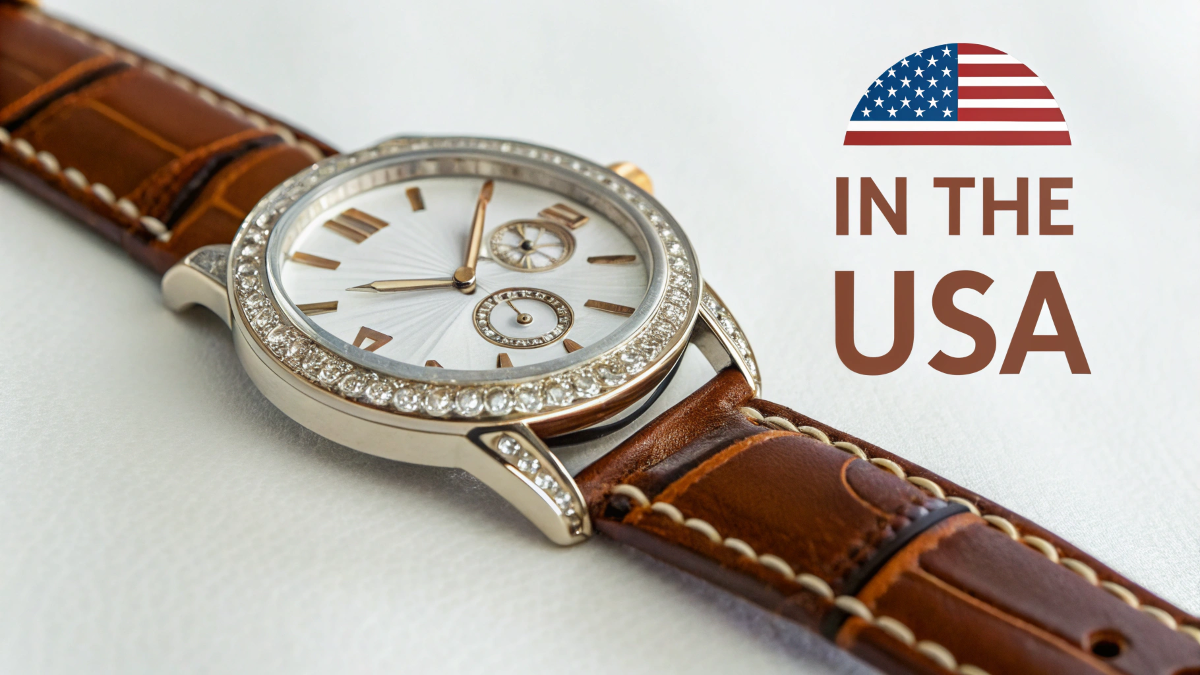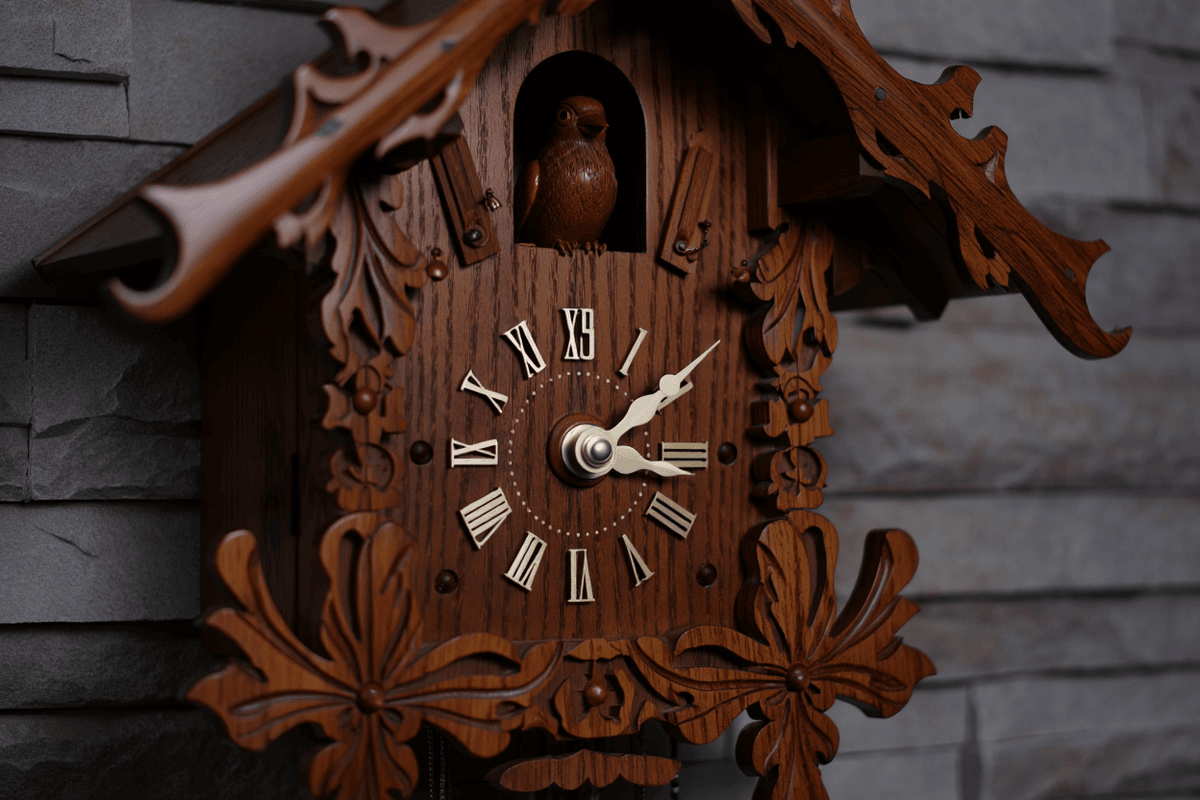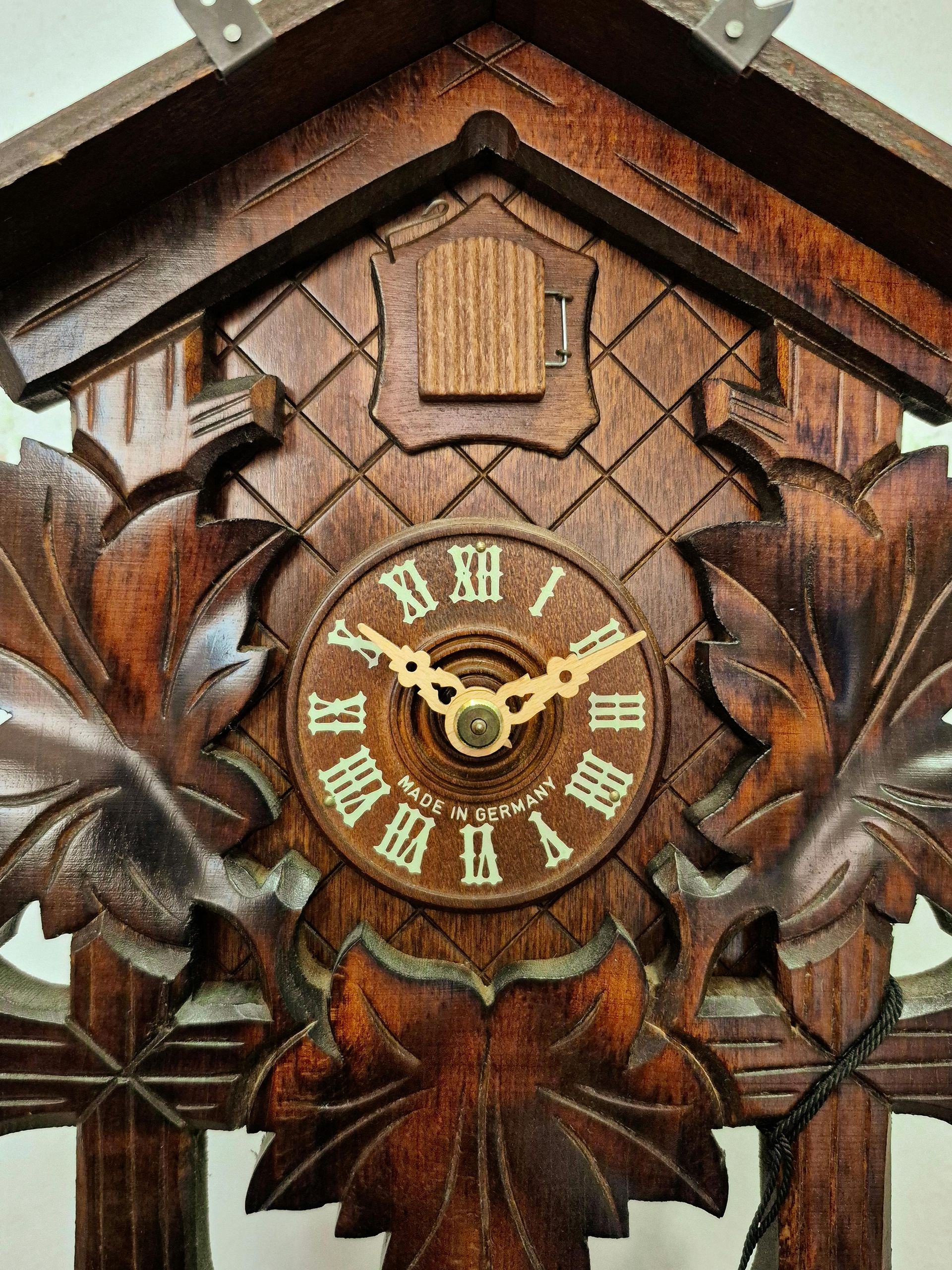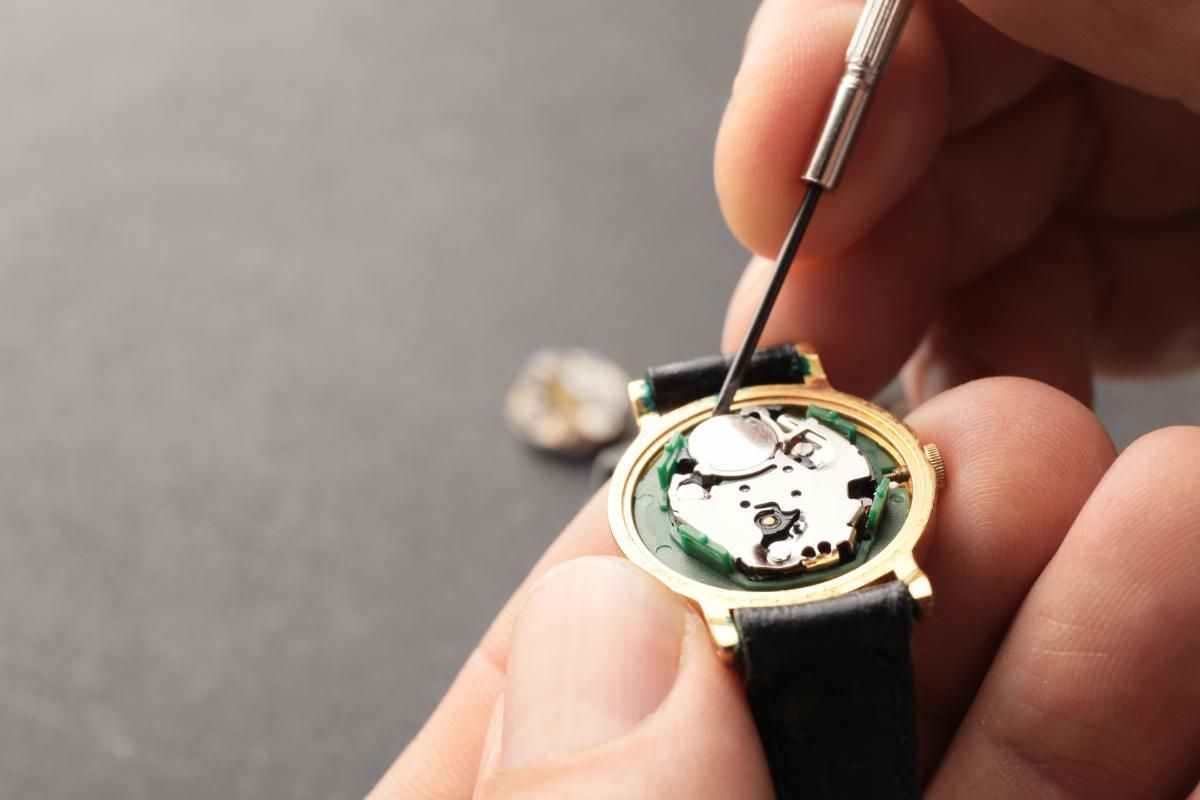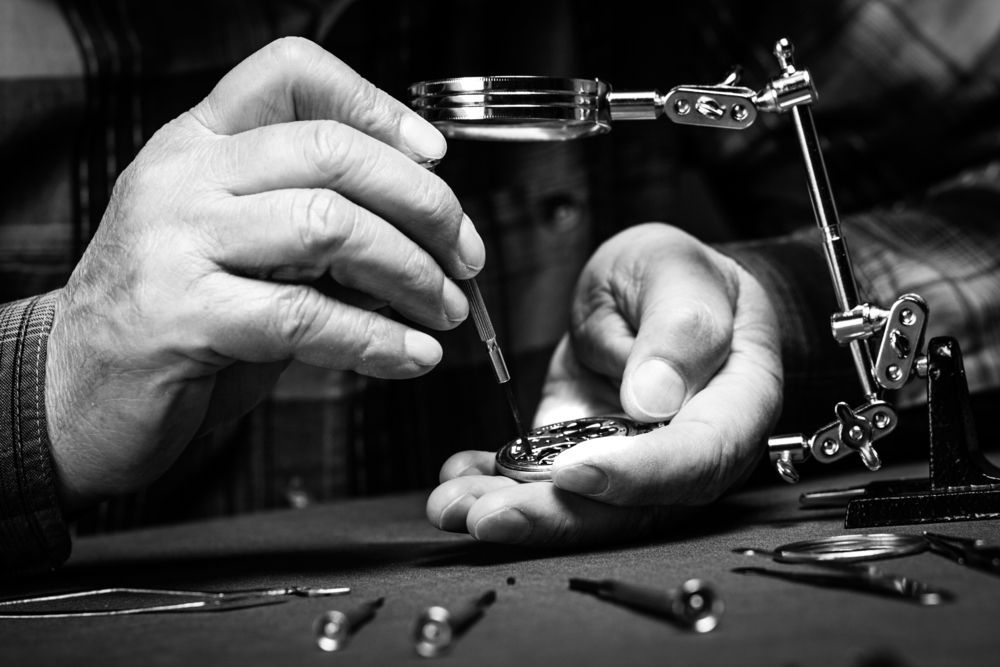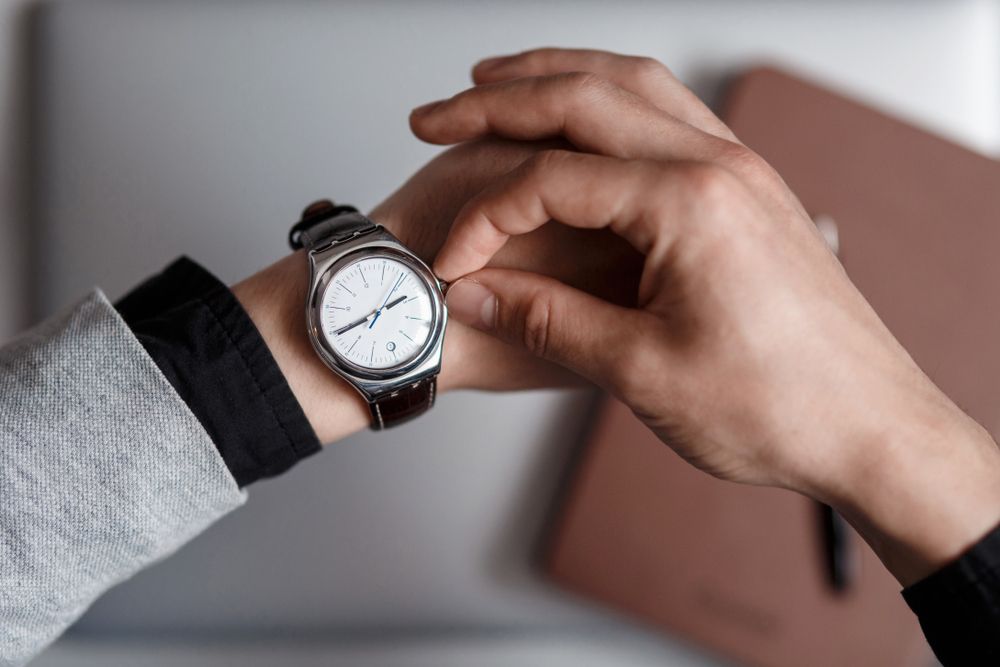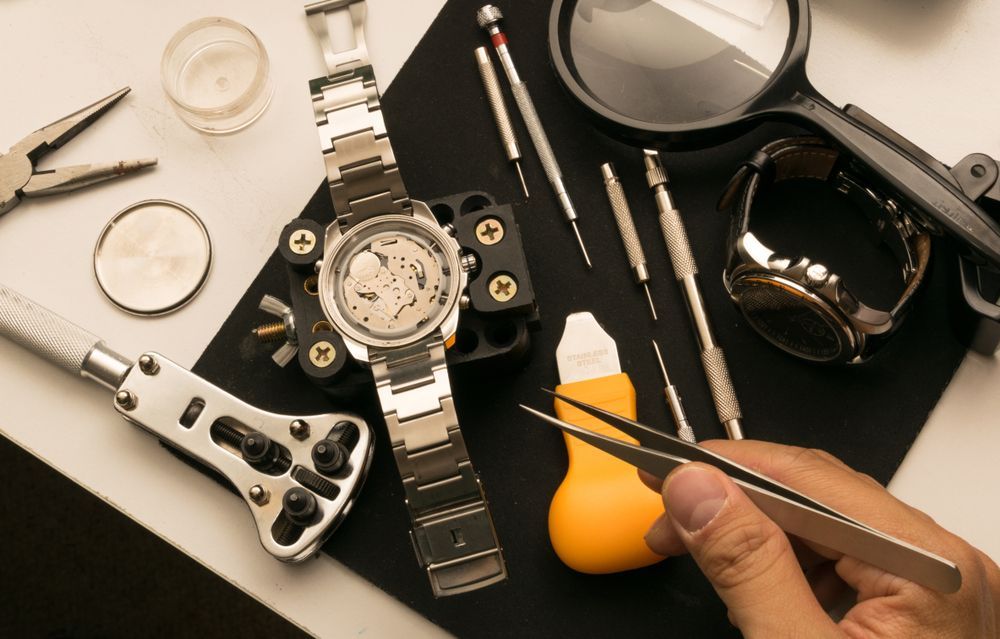What Makes a Vintage Cuckoo Clock So Valuable?
When people think of charming heirlooms that evoke a sense of history and craftsmanship, a vintage cuckoo clock often comes to mind. These intricate timepieces are more than just functional—they’re works of art that capture the imagination and bring tradition into the modern home. But what is it exactly that makes a vintage cuckoo clock so valuable? From ornate hand-carving to historic origins, from rare mechanical engineering to nostalgic appeal, there are many factors that make these clocks truly exceptional.
The Rich History Behind Vintage Cuckoo Clocks
The story of the cuckoo clock dates back to the 17th century in the Black Forest region of Germany. It was here that the first cuckoo clocks were believed to have been created by Franz Anton Ketterer, who added a mechanical bird to strike the hour with a “cuckoo” sound—a delightful innovation for its time.
The Black Forest region quickly became synonymous with cuckoo clock production. Craftsmen would hand-carve wooden clock faces, weights, and mechanisms, often during the snowy winters when farming work slowed down. These timepieces were sold throughout Europe and became prized for their blend of aesthetic charm and mechanical precision.
Over the centuries, cuckoo clocks evolved, incorporating new artistic styles like Baroque, Rococo, and Biedermeier, and more complex movements. By the 19th century, they had become a staple of well-decorated homes around the world.
A true vintage cuckoo clock often carries the soul of this history—making it not just a household item, but a slice of European heritage.
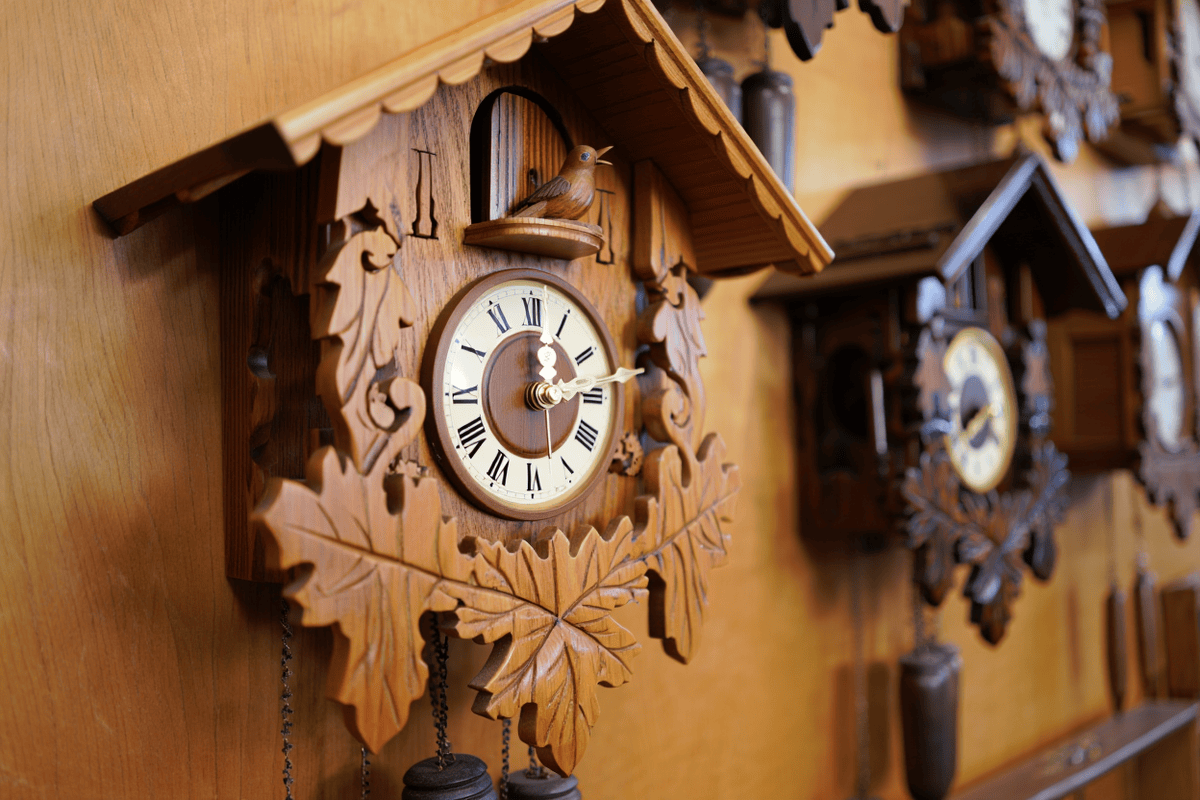
Artistic Craftsmanship: No Two Clocks Are Alike
One of the most visually striking aspects of a vintage cuckoo clock is its exquisite hand-carved design. Authentic vintage clocks often depict elaborate forest scenes, featuring deer, eagles, pine trees, dancing couples, and hunting motifs. These carvings weren’t mass-produced but made by artisans who treated each clock as a sculpture.
There are three major artistic styles in vintage cuckoo clocks:
- Traditional/Carved Style – Featuring woodland themes, birds, and leaves.
- Chalet Style – Inspired by Alpine houses, often incorporating music, dancers, and moving figurines.
- Shield Style – Rare and simple, these clocks feature painted wooden shields with ornate floral motifs.
Because these clocks were made by hand, each one is unique. That means a well-preserved vintage piece isn’t just valuable for its age—it’s one of a kind, representing the artistic legacy of a particular region and time period.
Mechanical Ingenuity: Engineering Meets Art
Beneath the beautiful exterior lies another core reason for a cuckoo clock’s value: its intricate mechanical movement. A true vintage cuckoo clock typically features an all-mechanical movement, meaning it doesn’t run on batteries but instead operates using pendulums and weights.
There are generally two types of mechanical cuckoo clocks:
- 1-Day Movement Clocks – Must be wound every 24 hours.
- 8-Day Movement Clocks – Require winding once a week and are more complex (and valuable).
These mechanisms are marvels of engineering. Inside, a series of gears, bellows, and cams work in harmony to control the timekeeping, the sound, and often other animations like turning dancers or chopping wood.
The more complex the mechanism—especially those featuring multiple moving parts and melodies—the more valuable the clock. Keeping these mechanisms in working condition, however, is not something to attempt without expertise. That’s where professionals like the Chicago Clock Company come in, offering expert repairs and adjustments to ensure your vintage clock runs smoothly for decades to come.
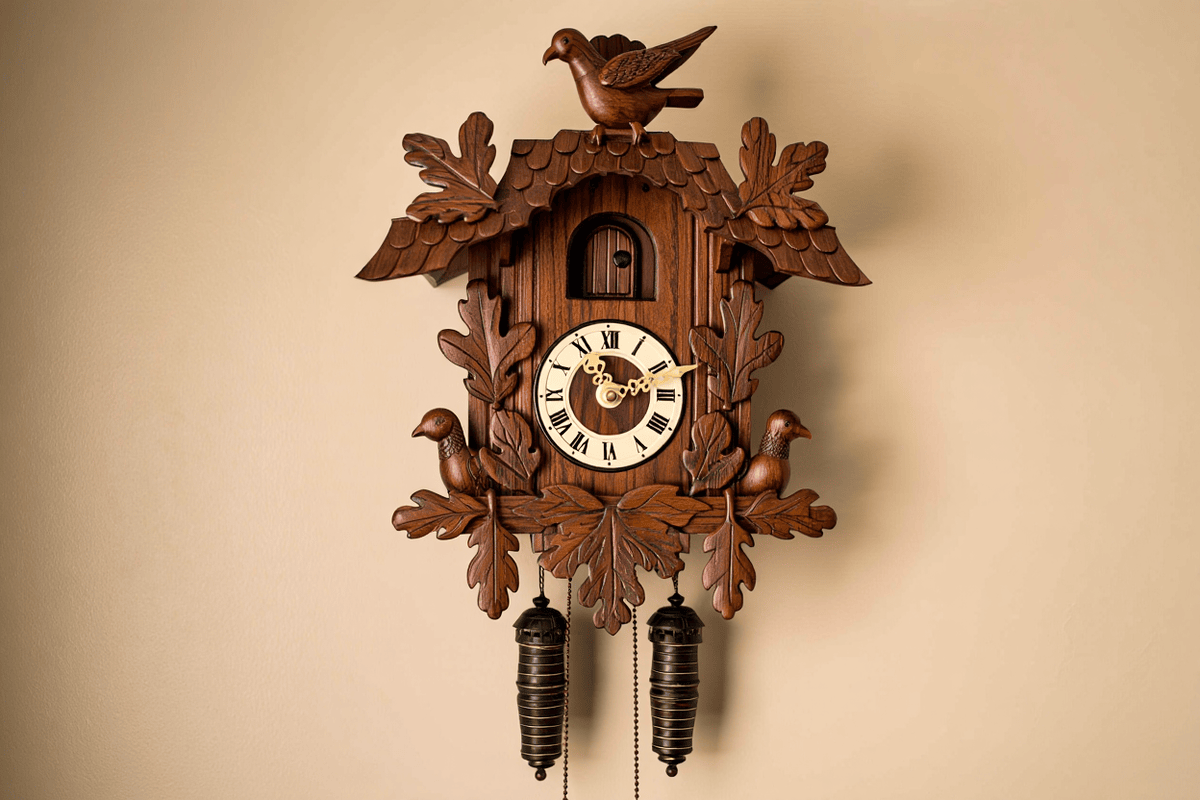
Rarity and Provenance: Scarcity Drives Value
Another major factor in a vintage cuckoo clock’s worth is rarity. Certain manufacturers from the early 20th century and before are now defunct, meaning no new pieces bearing their mark will ever be produced. Clocks from reputable makers such as:
- Anton Schneider
- Hubert Herr
- Emil Schmeckenbecher
- Johann Baptiste Beha
…are particularly prized. These clocks often carry unique serial numbers, stamped brass plates, or even paper labels inside the casing to authenticate their origin.
The provenance (or ownership history) of a cuckoo clock can also influence its value. If the piece was passed down through generations or has documentation proving it came from a renowned craftsman, that history adds both sentimental and monetary value.
Condition Matters: Restoration vs. Originality
A well-maintained vintage cuckoo clock will always be more valuable than a damaged or altered one. However, restoration doesn’t always reduce value—in fact, when done by professionals, it can enhance both appearance and function.
Common restoration tasks include:
- Repairing the wooden case
- Replacing worn bellows
- Cleaning and oiling mechanical movements
- Rebalancing pendulums and weights
- Replacing or recreating missing carvings or figurines
It’s important to note that over-restoration or using non-original parts can reduce a clock’s authenticity and therefore its value. That’s why having repairs performed by skilled professionals—like those at the Chicago Clock Company—is crucial. We understand the need to preserve the clock’s integrity while making it functional again.
Market Demand and Cultural Appeal
Vintage cuckoo clocks have seen a resurgence in popularity among:
- Collectors
- Interior designers
- Antique enthusiasts
- Young homeowners seeking nostalgic or unique decor
In recent years, there’s been a growing appreciation for handcrafted, analog objects in a world dominated by digital devices. A cuckoo clock is not just a relic—it’s a conversation starter, a decorative centerpiece, and a tangible connection to tradition.
As a result, some well-preserved vintage cuckoo clocks can command thousands of dollars at auctions or antique markets, especially if they:
- Still function perfectly
- Retain all original components
- Come with documentation
- Were made by a master clockmaker
Whether as an investment or simply a treasured family heirloom, the vintage cuckoo clock holds steady appeal across generations.
The Role of Expert Appraisal and Repair
If you own a vintage cuckoo clock—or plan to buy one—it’s essential to have it evaluated by an expert. A professional can determine:
- Its authenticity and origin
- Mechanical functionality
- Condition and restoration needs
- Market value
At Chicago Clock Company, we offer free estimates while you wait. Our team has decades of experience with both modern and vintage timepieces. We handle everything from battery replacements to complex mechanical restorations, always with an eye toward preserving the clock’s historical and sentimental value.
Unlike generic repair shops, we specialize in horology and understand the delicate engineering and artistic importance behind each vintage cuckoo clock.
Spotting a True Vintage Cuckoo Clock: Tips for Buyers
If you're shopping for a vintage cuckoo clock, here are a few signs to look for:
- Mechanical Movement – Avoid battery-powered versions if you're looking for vintage authenticity.
- Made in Germany/Black Forest Markings – These regions are synonymous with quality and tradition.
- Wooden, Hand-Carved Features – Plastic or molded parts usually indicate a reproduction.
- Signs of Aging – Patina, wear, and slight discoloration often point to genuine age (not damage).
- Manufacturer Stamp – Look for markings, labels, or certificates of origin inside the case or on the back.
Be wary of “vintage-style” clocks that are made to look old but lack the craftsmanship or historical context. When in doubt, consult an expert before buying.
Final Thoughts: Why Your Cuckoo Clock Deserves Care
A vintage cuckoo clock is a bridge between art, history, and engineering. It’s a centerpiece that tells a story—one of human ingenuity, family tradition, and timeless beauty. Whether passed down from a beloved grandparent or discovered in a quaint antique shop, these clocks are far more than just devices for telling time. They are heirlooms. And like all heirlooms, they deserve to be cherished, maintained, and displayed with pride.
Let Chicago Clock Company Help You Preserve the Past
If you have a vintage cuckoo clock that needs attention—whether it’s a small repair, a full restoration, or just a professional evaluation—Chicago Clock Company is here for you.
We offer:
- Expert clock repair and restoration
- Battery replacement for all types of clocks
- Sales of vintage and modern timepieces
- Free estimates while you wait!
Call now to book your appointment with a certified horology expert and let us help you bring your cuckoo clock back to life.


